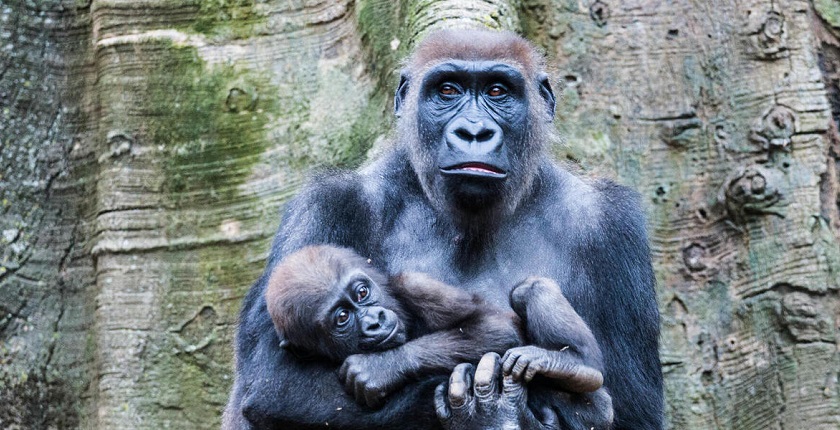
Photo: WWF
Rhinos, gorillas, orangutans, and elephants are among the most critically endangered animal species, according to data from the World Wildlife Fund (WWF). Their extinction is threatened by human activities so the marking of World Wildlife Day 2022 will draw attention to the critical role that keystone species – many of which are threatened or endangered – play in ensuring ecosystem health.
Under the theme “Recovering key species for ecosystem restoration,” the World Wildlife Day celebration will serve as a contribution to the UN Decade on Ecosystem Restoration. It will provide inspiration for scaling up conservation efforts in line with United Nations Sustainable Development Goals, including goals 1 (No poverty), 2 (Zero hunger) 12 (Ensure sustainable consumption and production patterns), 13 (Climate action) 14 (Life below water) and 15 (Life on land).
In the International Union for Conservation of Nature’s (IUCN) Red List of Threatened Species, over 8,400 species of wild fauna and flora are critically endangered, while close to 30,000 more are understood to be endangered or vulnerable, the United Nations Development Programme (UNDP) said.
The number of assessed species on Red List is close to 143,000.
In 2019, the Intergovernmental Science-Policy Platform on Biodiversity and Ecosystem Services (IPBES) published its Global Assessment Report on Biodiversity and Ecosystem Services, which found that a quarter of species on Earth already face the threat of extinction.
“Global ecosystems had declined by nearly half, relative to their earliest estimated states. These losses are being driven by a variety of factors, including but not limited to changes in how people use both land and sea, hunting and harvesting, pollution and climate change,” according to the UNDP.
World Wildlife Day 2022 will therefore drive the debate towards the imperative need to reverse the fate of the most critically endangered species, to support the restoration of their habitats and ecosystems and to promote their sustainable use by humans.
List of 10 critically endangered animals
On WWF’s alphabetical list of the critically endangered animals there are two species of elephants: the African forest elephant, and the Sumatran elephant. The former inhabits the dense rainforests of west and central Africa, and is essential for the germination of many trees in these forests. The Sumatran elephant lives in forests of Borneo and Sumatra.
They are endangered by habitat loss, habitat fragmentation, and deforestation due to conversion of forests for agriculture, livestock farming, and human infrastructure.
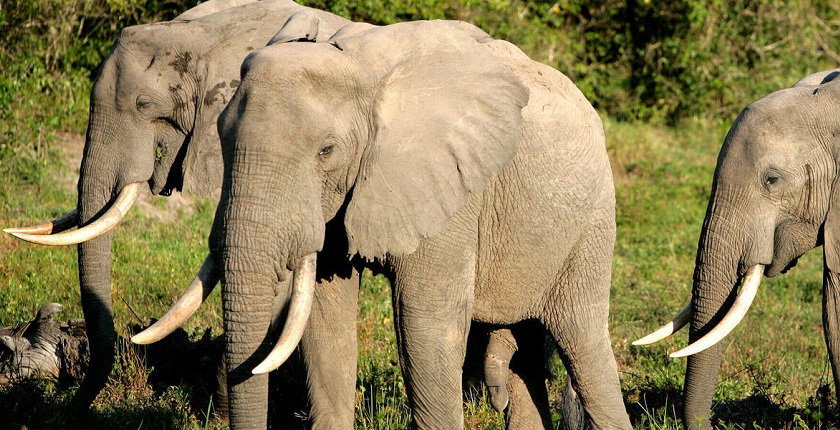
The Amur Leopard lives in the Russian Far East in temperate, broadleaf, and mixed forests. He is also known as the Far East leopard, the Manchurian leopard or the Korean leopard. However, it is poached for its beautiful fur.
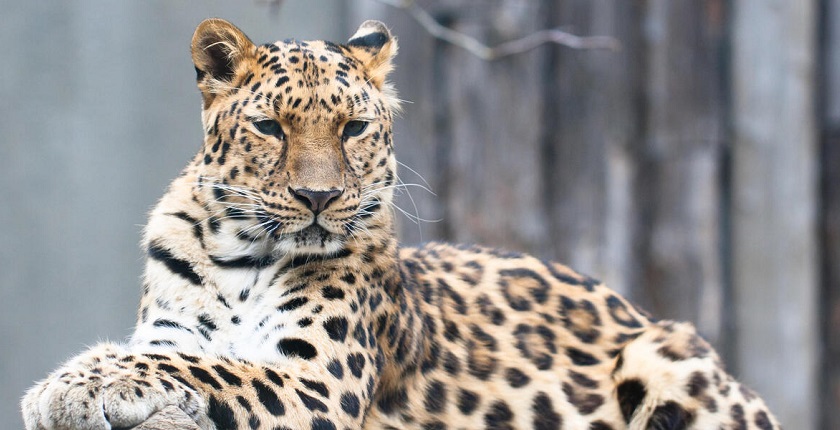
Black rhino, Javan Rhino, and Sumatran Rhino are also on the list. The black rhino can be found in Namibia, and coastal East Africa, while Javan and Sumatran rhinos live in Asian islands of Java, Borneo, and Sumatra.
“Growing consumer demand for rhino horn has driven the unsustainable increase in poaching across Africa and Asia. Rhino horn is coveted in parts of Asia for its purported medicinal qualities and as an ornament, often carved, which connotes social status and prestige,” according to the WWF.
Like elephants, they are also threatened foremost by habitat loss.

According to WWF, orangutans share 96.4% of human genes and are highly intelligent animals. The name orangutan means “man of the forest” in the Malay language. The Bornean orangutan, the orangutan, and the Sumatran orangutan are endangered due to habitat loss mostly, but these animals are also killed for food or in retaliation when they move into agricultural areas, and sold as pets.
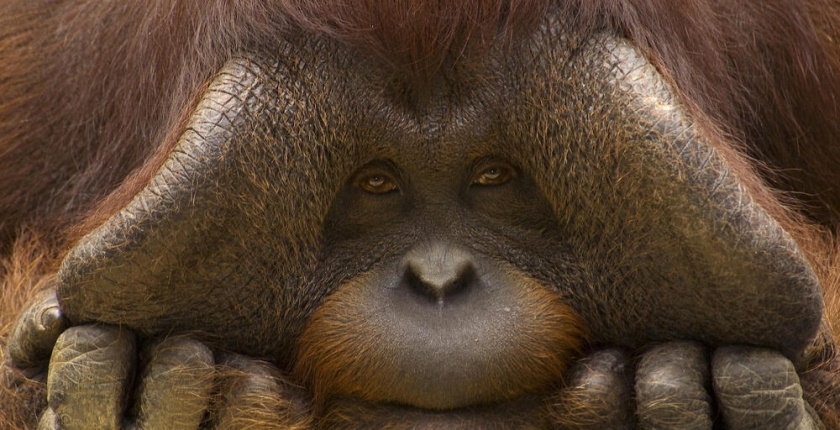
The Congo river basin is the habitat of the three species of gorillas that are critically endangered: the Cross River gorilla, eastern lowland gorilla, and western lowland gorilla. Farming, livestock, and mining are “eating” the gorilla’s habitat. Also they are hunted for meat, medicine, and pet trade. On top of all that, the western lowland gorilla was hit by Ebola.

The hawksbill turtle inhabits tropical oceans, predominantly in coral reefs. Hawksbills are threatened by the loss of nesting and feeding habitats, fishery-related mortality, pollution, but far the most by wildlife trade.
Their beautiful brown and yellow carapace plates are used for tortoiseshell items for jewelry and ornaments.

Saola is a mammal which was discovered in May 1992 in north-central Vietnam, its only habitat besides Laos.
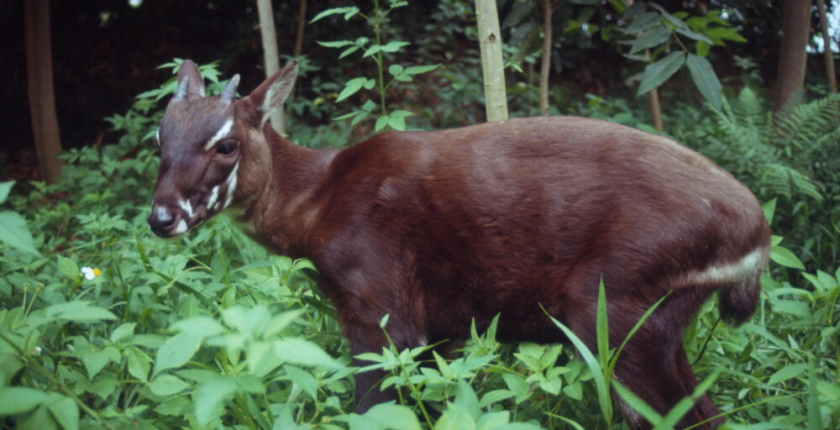
The Sunda tiger got its name from the Sunda islands in Indonesia, but today their only habitat is Sumatra island. According to WWF, most tigers in Sumatra are killed deliberately for commercial purposes. It is estimated that at least 40 animals are killed every year, WWF said.

The world’s rarest marine mammal is the vaquita. It can be only found in the northern part of the Gulf of California. It is the most endangered cetacean in the world.

The Yangtze finless porpoise is a dolphin with intelligence similar to gorilla, according to WWF. Its habitat is the Yangtze river, the longest in Asia. Until 2006 it was the only river in the world with two different species of dolphin, but the Baiji dolphin was declared extinct. The reason was low food supply.










Please provide me the endangered animals frequency ratio.. I mean to say could you please provide me, how every year this animals goes the endangered list ??
Yes, well said but ,what we can do , for animal and plant conservation or preservation .Make a low for , Animal and plant conservation and it’s compulsory for every persion, every persion have become a hobby :-work for animal and plant,climate change.artical is heart touching.?